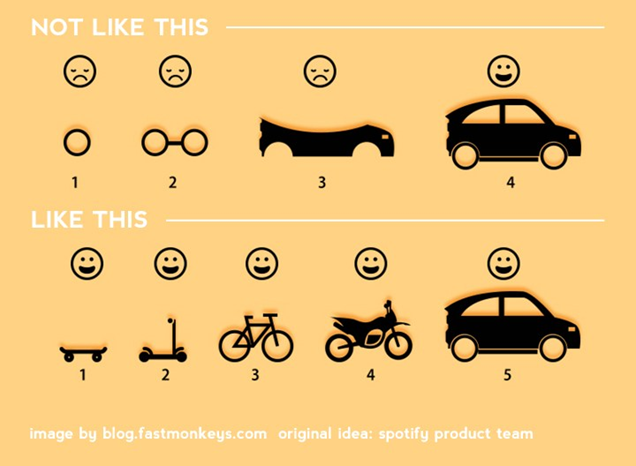Ready to become DevOps Engineer? Browse courses like AWS Certified DevOps Engineer—Professional Exam Training developed by industry thought leaders and Experfy in Harvard Innovation Lab.
The combination of DevOps, Continuous Delivery. and Continuous Integration is transforming the practice of product management. Initially, Agile was a much needed catalyst for change from Waterfall processes. DevOps is now the next phase in modern software development and product management.
In this article, we'll take a look at three areas that most affect product management
- Security as a functional requirement
- Requirements management
- Product launch

Security As A Functional Requirement
>
Consumer confidence in the security of their data in cloud-based applications is waning.
“Last year was terrible for corporate victims of cyberattacks, with many large organizations making headlines over reports of major breaches. Ransomware attacks quadrupled to 4,000 per day from 2015 to 2016, according to the U.S. Department of Justice.” — Russ Banham, Why Cybersecurity Should Be A No. 1 Business Priority For 2017
The recent data breach at Alteryx was yet another reminder. New digital ecosystems are changing the way most industries do business. Data is the new currency. APIs are the new ATMs. Your company is the bank. Security and risk management need become part of your DNA.
For SaaS platforms, ISACA has even produced a best practices framework. The philosophy of DevSecOps reinforces this need further:
“In traditional software development environments, security has always been considered a separate aspect—even an afterthought…Rugged DevOps [DevSecOps] is an emerging trend that emphasizes a security first approach to every phase of software development.”
According to Gartner Research, growing risk in these digital ecosystems increases focus on IT Vendor Risk Management
“By 2020, 75% of Fortune Global 500 companies will treat vendor risk management as a board-level initiative to mitigate brand and reputation risk.” — Christopher Ambrose, Luke Ellery, Gartner Report, 29 June 2017
Adding security into your product requirements process can no longer be an after-thought. It must be a key part of your product management practice.

Requirements Development
>
DevOps and increased deployment frequency means tight well-defined deliverables. But don’t fall in love with deployment velocity. Focus on maximizing customer and business value. Product managers, more than ever, must do a better job of prioritizing requirements. Phasing solutions. Delivering “minimum useable product” (MUP) – see picture above.
Clear roles and responsibilities is also key. This should not be a religious debate. The process should play to the entire team’s strength and experiences. Don’t assume you are all on the same page. A faster paced environment without bumper guards will create stress and frustration. And, will slow down the process. Create a living document. Update as you learn. But don’t wait for conflicts.

Product Launch
>
In a world of continuous deployments, it is critical to define a product launch. Because code is complete and tested, does not mean you are ready.
“…[it’s] the date when the company is ready to deliver a new customer experience and support every customer interaction point associated with it.” — Brian de Haaff, Why Agile Release Planning is Critical for Product Management
DevOps requires product management and other parts of the organization to also change. Your teams and your customers may not be ready when the products are.This means new features should be “silent” until launch. You can provision for early target users. Some customers want to do their own testing. Spend the time to finish documentation and training. Make sure you are ready to launch.
Frequent releases can also add great value. Resolving customer issues faster, enabling timelier customer feedback and eliminating scope creep.

Times Are Changing for Product Management
>
It’s an exciting time to be a product manager. Agile and DevOp create new opportunities. Take advantage of these opportunities:
- Add security into your product DNA.
- Work closely with your teammates to maximize process delivery and customer value.
- Support the changes required to ensure successful product launches and customer engagement
Good luck!



